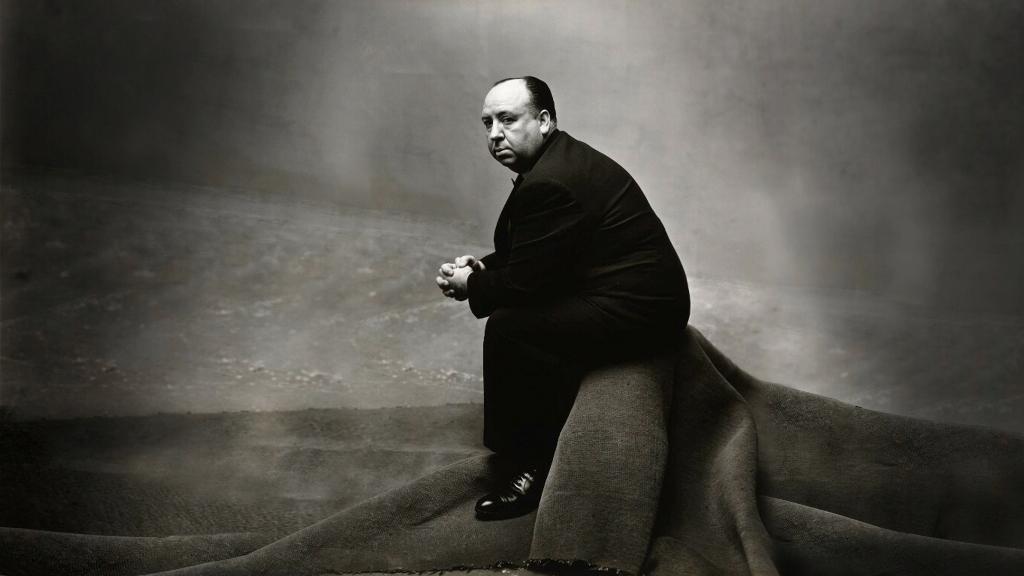World War II themes dominated American films for its duration and remained popular through the 1940s. Since then, World War II has been the most common setting for war films because of its long duration, dual fronts, and huge impact on American culture. Following in its wake, the Korean War, lasting only from 1951 to 1953, without the same cultural impact and patriotic appeal, has been largely forgotten. Interestingly, it also lacked the previous war’s media coverage. In fact, so few movies were made about the Korean War during its duration that it’s easy for classic film fans to forget it even happened. One of the few 1950s movies about the Korean War is “The Bridges at Toko-Ri.”

A Patriot’s Story
This isn’t your typical war film from Hollywood’s Golden Era. It doesn’t focus exclusively on American soldiers who are proud to be serving their country and eager to fight the enemy without reservations. Instead, “The Bridges at Toko-Ri” focuses on the reluctant Lt. Harry Brubaker (William Holden), a young lawyer from Denver, Colorado.
An excellent fighter bomber in World War II, Brubaker has been called back to active service but feels he has already given for his country’s cause. Like any man, Harry wants to be with his wife, Nancy (Grace Kelly), and their two young daughters (Nadine Ashdown and Cheryl Callaway). When his family travels all the way to Tokyo to be with him, they only have a week together.
Rear Adm. George Tarrant (Fredric March) is Harry’s commanding officer aboard aircraft carrier USS Savo Island. He sympathizes with Brubaker’s patriotic dilemma, and is particularly fond of the young man, who reminds him of his son who died in active duty.
Although an experienced military man, overall, Tarrant is kind and accommodating. He is understanding of Brubaker’s frustration and supports his decision to bring his family to Tokyo, against protocol. He is also lenient toward his other men, including the renegade Mike Forney (Mickey Rooney), who insists on wearing a non-protocol green hat and scarf when flying his helicopter to rescue downed pilots.
Tasteful Realism
The main difference between classic war films and more recent combat pictures is the amount of violence onscreen. Through the mid-1950s, the thorough enforcement of the Motion Picture Production Code kept violence in war productions at a minimum. However, that didn’t mean that the old movies lacked action, intensity, or dramatic peril.“The Bridges at Toko-Ri” is particularly realistic. Without showing one drop of blood, it brings the grim, terrifying realities of warfare to life. Its combination of life-like color film, stark background music, and neutral wide angles makes viewers feel they are in a Korean trench instead of safely observing the action on a screen.
This movie won the Academy Award for Best Special Effects, and it was well-deserved. The convincing action footage shows shots of bombers dodging explosions midair while bombing the titular bridges could make modern filmmakers green with envy. Without the use of any CGI or other electronic post-production manipulation, director Mark Robson and his team created an intense reality.
The film’s magic was crafted with the cooperation and help of the U.S. Navy. As well as filming new scenes aboard naval vessels, the production utilized large-scale models and real combat footage. Unlike the war footage used in many earlier movies, which is usually in black-and-white and noticeably grainier than the Hollywood footage, these color war shots blend seamlessly with the rest of the film.
With this impressive technology for creating realism, the filmmakers easily could have gone too far and made the film disturbingly graphic. However, taste and discretion were used, so this is a masterpiece that anyone can enjoy. Much of the realistic and often authentic aerial footage shows training or reconnaissance work. Very little of the film’s runtime shows actual combat. When fighting is shown, no unnecessary violence is included. The story’s emotional impact shows how unnecessary gratuitous violence is in crafting a compelling film. If the plot, acting, and cinematography are effectively and artistically planned, the result can be more memorable than a bloody shocker.

The ‘Wrong’ War
The Korean War lacked the patriotic appeal of World War II because Americans felt that it wasn’t our war. We were reluctant to give up our hard-won peace to join another skirmish that didn’t directly involve the United States. Precisely because “The Bridges at Toko-Ri” dealt with these feelings honestly—presenting candid conversations between the characters, servicemen fighting in the war, and about the nation’s and individuals’ roles in the conflict, it succeeded.“Whatever progress this world has made has always been because of the efforts and the sacrifices of a few.”
“I was one of the few, Admiral,” Brubaker replies, listing the places he fought in World War II. He demands, “Why does it have to be me again?”
“Nobody ever knows why he gets the dirty job,” Tarrant says. “And this is a dirty job. Militarily this war is a tragedy.”
“I think we ought to pull out,” Brubaker says.
“Now that’s rubbish, son, and you know it. If we did, they’d take Japan, Indochina, the Philippines. Where’d you have us make our stand, the Mississippi? All through history men have had to fight the wrong war in the wrong place, but that’s the one they’re stuck with. That’s why one of these days, we’ll knock out those bridges at Toko-Ri.”
This simple conversation between two honest servicemen summarizes the unglamorous, unpraised, yet deeply patriotic legacy of Korean War veterans. The Americans who fought in this war may not have departed or returned with the fanfare of previous battles. However, American servicemen risked and gave their lives bravely in the cause, the hope for a world free of communism and tyranny. Like the characters of Harry Brubaker, Mike Forney, and their comrades, these men fought and died as heroes, even if they believed they were fighting in the wrong war.“Where do we get such men? They leave this ship, and they do their job. Then they must find this speck lost somewhere on the sea. When they find it, they have to land on its pitching deck. Where do we get such men?” –Rear Adm. George Tarrant






